Centrifugal Pump
We are the china's most trusted provider for Centrifugal Pump. You Can Buy Various High Quality Centrifugal Pump products from Hi-Sea Group.
Centrifugal pumps are a sub-class of dynamic axisymmetric work-absorbing turbomachinery. Centrifugal pumps are used to transport fluids by the conversion of rotational kinetic energy to the hydrodynamic energy of the fluid flow. The rotational energy typically comes from an engine or electric motor. The fluid enters the pump impeller along or near to the rotating axis and is accelerated by the impeller, flowing radially outward into a diffuser or volute chamber (casing), from where it exits.
Centrifugal pumps are a sub-class of dynamic axisymmetric work-absorbing turbomachinery. Centrifugal pumps are used to transport fluids by the conversion of rotational kinetic energy to the hydrodynamic energy of the fluid flow. The rotational energy typically comes from an engine or electric motor. The fluid enters the pump impeller along or near to the rotating axis and is accelerated by the impeller, flowing radially outward into a diffuser or volute chamber (casing), from where it exits.
Common uses include water, sewage, petroleum and petrochemical pumping. The reverse function of the centrifugal pump is a water turbine converting potential energy of water pressure into mechanical rotational energy.
How it works:
Like most pumps, a centrifugal pump converts mechanical energy from a motor to energy of a moving fluid. A portion of the energy goes into kinetic energy of the fluid motion, and some into potential energy, represented by fluid pressure (hydraulic head) or by lifting the fluid, against gravity, to a higher altitude.
The transfer of energy from the mechanical rotation of the impeller to the motion and pressure of the fluid is usually described in terms of centrifugal force, especially in older sources written before the modern concept of centrifugal force as a fictitious force in a rotating reference frame was well articulated. The concept of centrifugal force is not actually required to describe the action of the centrifugal pump.
The outlet pressure is a reflection of the pressure that applies the centripetal force that curves the path of the water to move circularly inside the pump. On the other hand, the statement that the "outward force generated within the wheel is to be understood as being produced entirely by the medium of centrifugal force" is best understood in terms of centrifugal force as a fictional force in the frame of reference of the rotating impeller; the actual forces on the water are inward, or centripetal, since that is the direction of force needed to make the water move in circles. This force is supplied by a pressure gradient that is set up by the rotation, where the pressure at the outside, at the wall of the volute, can be taken as a reactive centrifugal force. This was typical of nineteenth and early twentieth century writings, mixing the concepts of centrifugal force in informal descriptions of effects, such as those in the centrifugal pump.
-
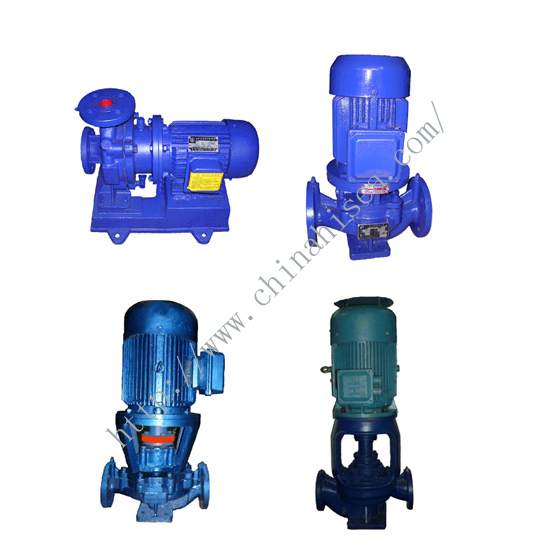
Marine Centrifugal Pump
-
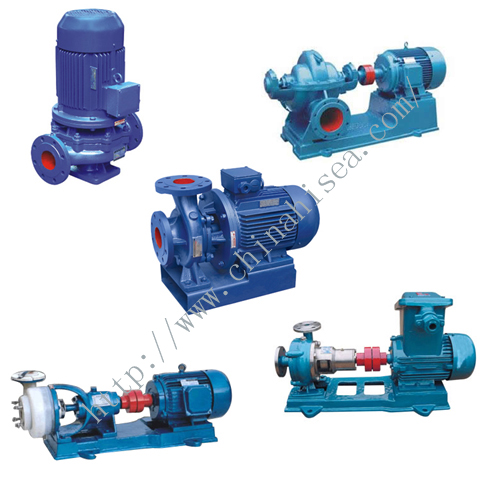
Centrifugal Pump
-
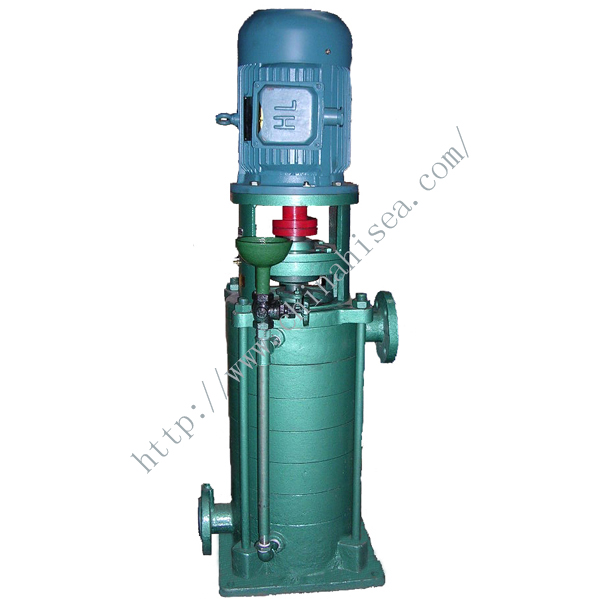
Marine Multi-stage Pump
-
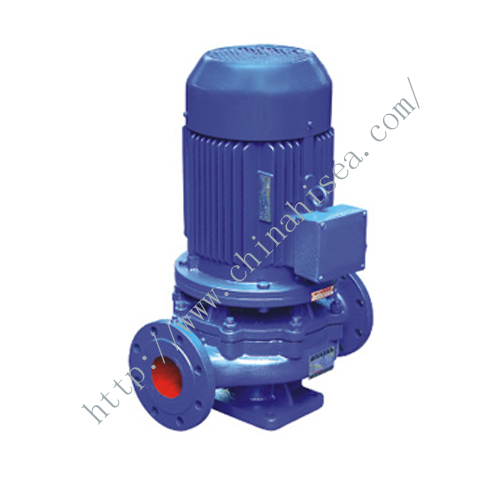
Vertical Centrifugal Pump
-
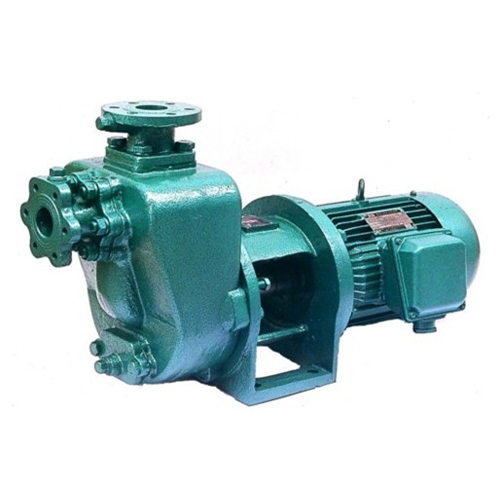
Marine Self-priming Centrifugal Pump
-
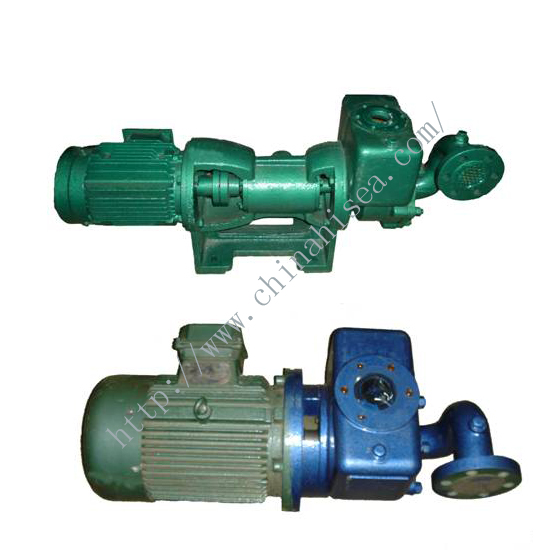
CWX Marine Vortex Pump
-
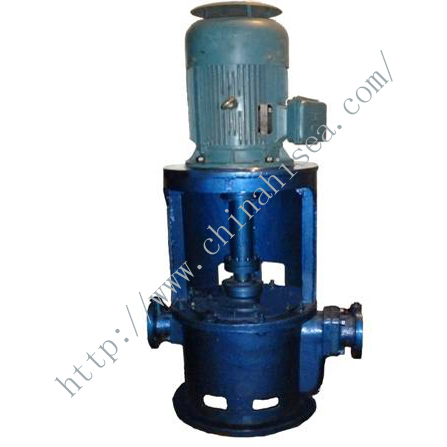
CLZ Marine Self-priming Pump
-
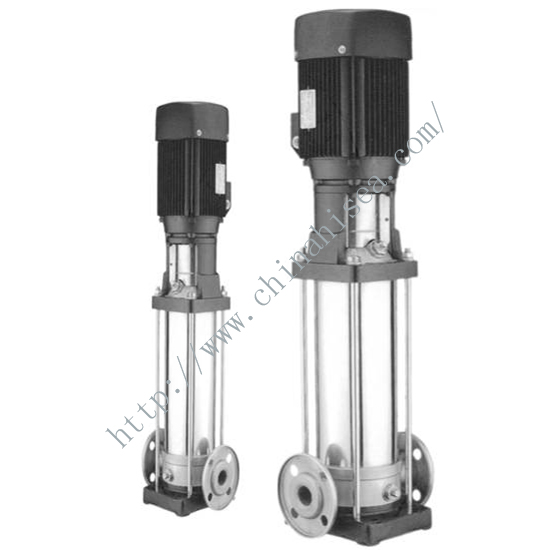
TPY Stainless Steel Multistage Pump
-
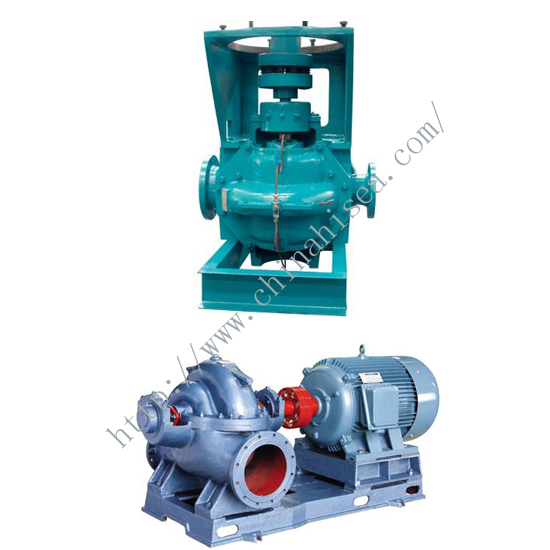
TSH Single Stage Double Suction Pump
-
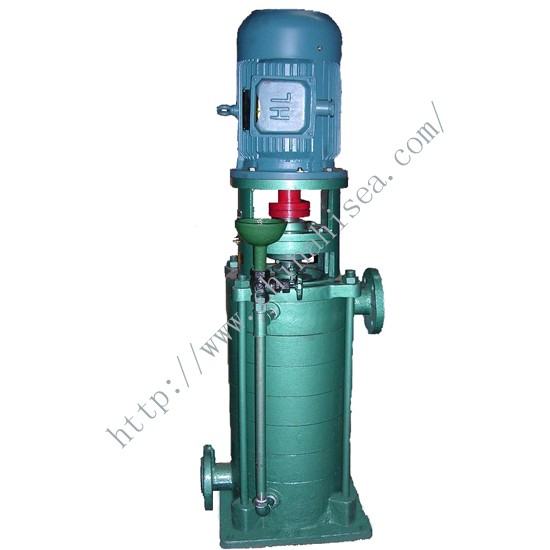
CLG Multi-stage Single-suction Pump
-
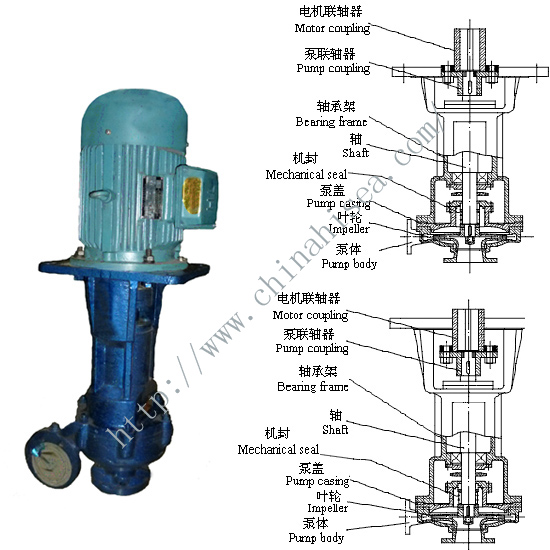
CL Marine Vertical Pump
-
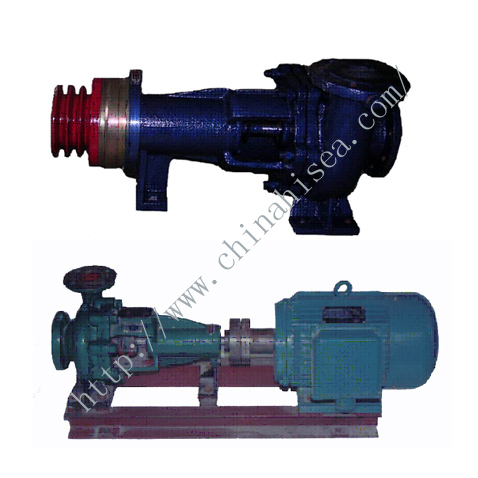
CWLD Electromagnetic Clutch Pump
-
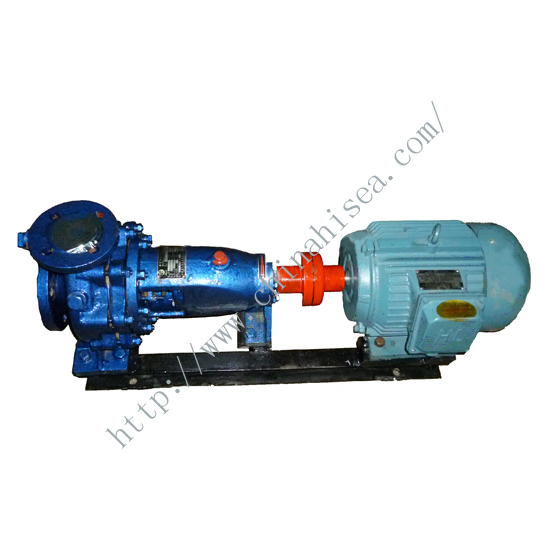
IS CIS Marine Pump
-
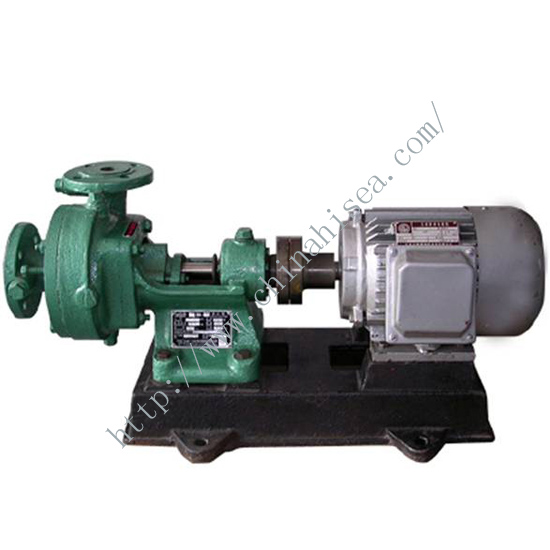
CB Marine Horizontal Pump
-
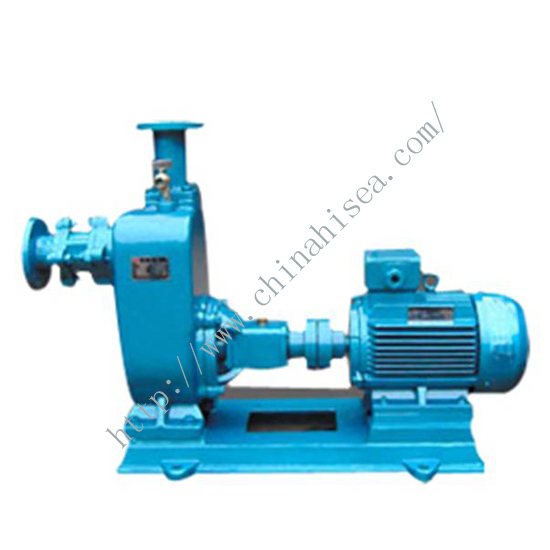
CZW Marine Non-blocking Drainage Pump
-
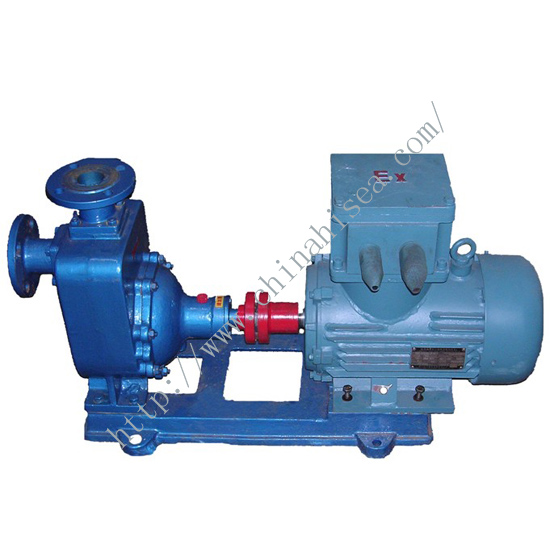
CYZ-A Marine Horizontal Oil Pump
-
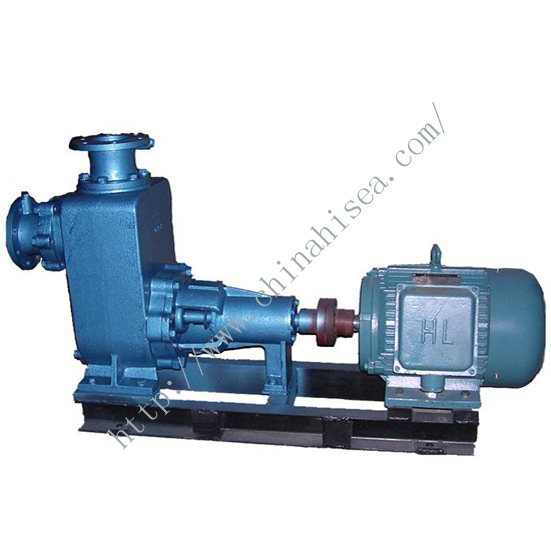
CWZ Marine Horizontal Pump
-
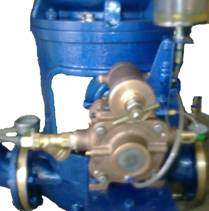
VK-20 Automatic Vacuum Self-priming Device
-
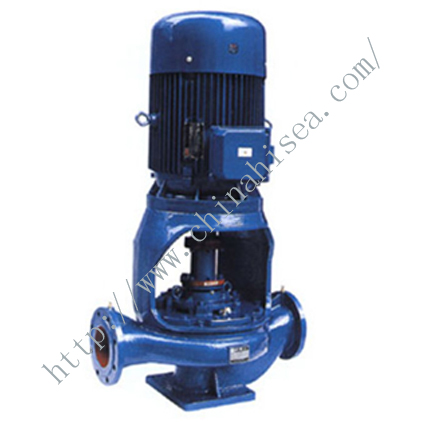
Pipeline Horizontal Centrifugal Pump
-
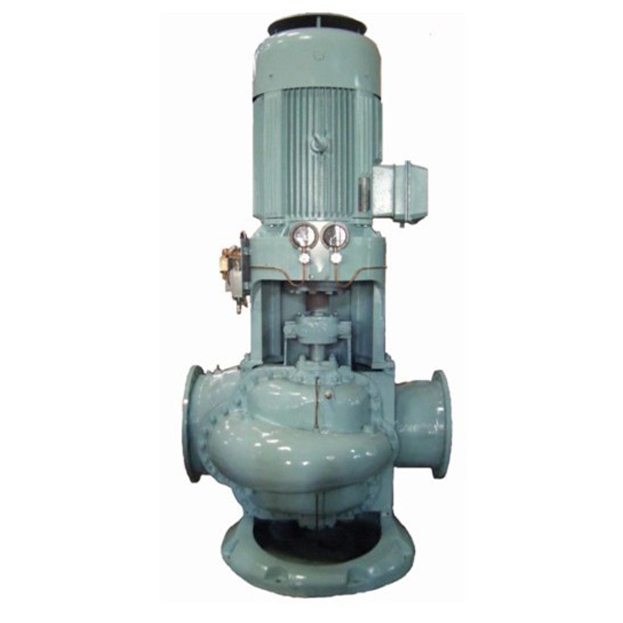
Double-suction Middle-open Centrifugal Pump




 +86-23-67956606
+86-23-67956606  +86-23-67956622(Manual)
+86-23-67956622(Manual)
 china-helen332251
china-helen332251